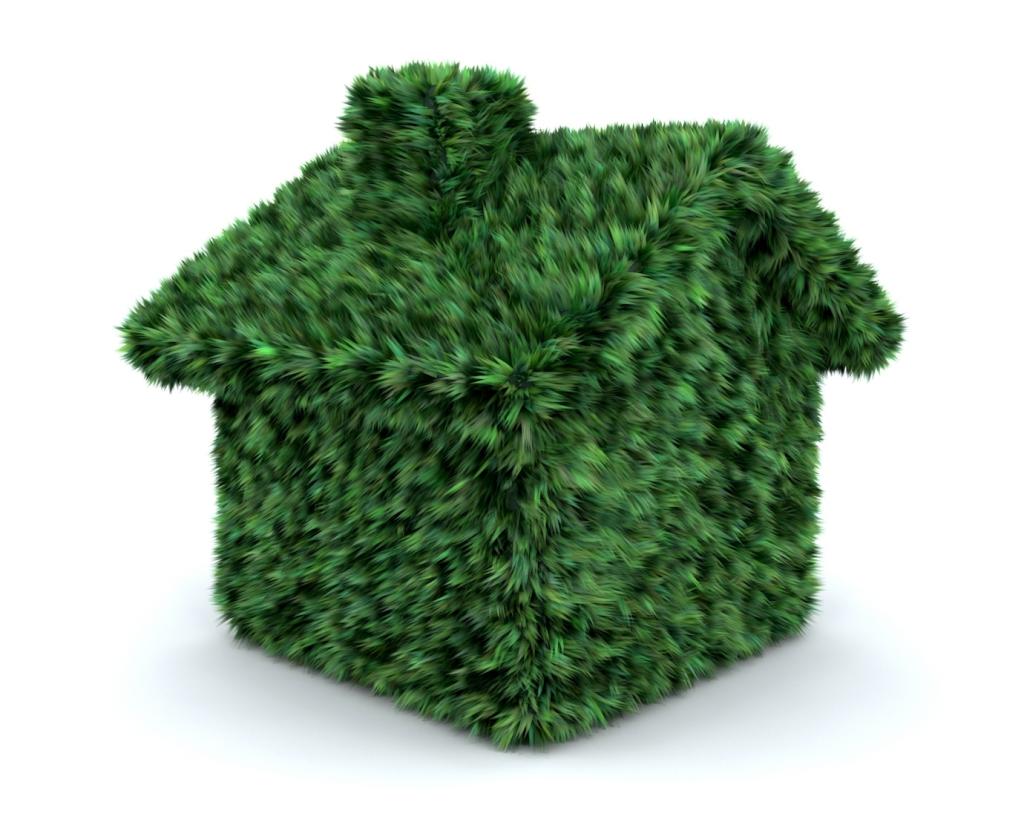Sustainable Home Design: Materials for the Future
Sustainable home design is rapidly transforming the way we create living spaces for the modern world. As environmental awareness grows, the emphasis on selecting materials that reduce ecological impact and promote energy efficiency has never been stronger. Forward-thinking homeowners and architects are seeking innovative solutions that balance aesthetics, durability, and responsibility toward future generations. By carefully considering the origins, performance, and end-of-life cycle of home materials, it’s possible to craft spaces that are beautiful, functional, and sustainable.


Every material has a story, from its extraction or cultivation to manufacturing, transport, use, and eventual disposal or recycling. Assessing the entire lifecycle of building materials is essential for truly sustainable design. Materials with a reduced environmental footprint—those that require less energy to produce, emit fewer pollutants, and are biodegradable or recyclable—are preferable. For example, locally sourced materials often use less transportation energy, while responsibly harvested timber offers renewability. Homeowners who prioritize lifecycle impacts can significantly diminish their household’s carbon footprint over decades of use.

Materials play a vital role in the overall energy performance of a house. Advanced composites, high-performance glazing, and innovative insulation products can dramatically curtail heating and cooling needs. The choice between materials like aerogel insulation, triple-glazed windows, or insulated concrete forms can determine whether a home achieves passive energy standards. Investing in these high-performance materials can lead to significant long-term energy savings, improved comfort, and a reduced reliance on fossil fuels, aligning modern homes with ambitious climate goals.

The selection of non-toxic, low-emission materials has direct implications for the health and well-being of a home’s occupants. Avoiding materials that release volatile organic compounds (VOCs) or harbor allergens is crucial for maintaining optimal indoor air quality. The use of natural products—such as cork, wool, and untreated timber—can create healthy, breathable spaces. Thoughtful material choices reduce harmful exposures and establish interiors that nurture body and mind, reflecting the growing intersection of sustainability and wellness in design.
Emerging Bio-based and Renewable Materials
Bamboo stands out as a paragon of fast-growing, renewable construction material. With its rapid growth rate and high strength-to-weight ratio, bamboo rivals traditional hardwoods for flooring, structural components, and finishes, but regenerates much faster. Its flexibility in design, resistance to pests, and carbon-sequestration abilities make it a valuable resource for eco-conscious projects. When sourced responsibly and treated properly, bamboo’s lifecycle impact is significantly lower than most conventional building materials, presenting a compelling case for its integration into modern sustainable homes.
Cork is harvested from the bark of cork oak trees, a process that does not harm the tree and allows for repeated harvests throughout its long life. Its natural properties—resistance to water, mold, and mildew, exceptional insulation, and acoustic dampening—make it ideal for flooring, wall coverings, and underlayments. The cork industry also supports biodiversity and rural economies, maintaining landscapes that absorb carbon and sustain wildlife. As a result, cork delivers environmental, social, and performance benefits in a renewable package for conscious homebuilders.
Hempcrete, made from the woody core of the hemp plant mixed with lime, is gaining popularity as a sustainable alternative to traditional concrete. It exhibits excellent thermal and acoustic insulation, is non-toxic, and sequesters carbon during production. Plant-based insulation options, such as flax and cellulose, offer similar environmental benefits by leveraging agricultural byproducts for high-performance building envelopes. These bio-based materials contribute to circular economies and offer powerful solutions for reducing the environmental burden of home construction.
The Revival of Recycled and Upcycled Materials
Recycled Steel and Metals
Recycled steel and other metals are essential components in constructing durable, low-maintenance structures. Using recycling processes that require significantly less energy than virgin extraction, these metals offer strength and longevity while broadening design potential—from framing systems to roofing and facade elements. The quality of recycled metals is indistinguishable from new, and the material can be reused indefinitely without losing structural integrity, making it a cornerstone for resilient and future-proof homes.


Reclaimed Wood and Salvaged Timbers
Reclaimed wood offers a story and patina that new lumber simply cannot match. Salvaged from old barns, warehouses, and even underwater sources, this wood is often denser and more stable than new timber. Its use preserves forests and avoids the emissions associated with new lumber production. Reclaimed materials can be fashioned into floors, beams, and bespoke features, giving new homes warmth and character while advancing sustainability goals and honoring historic craftsmanship.
Join our mailing list
